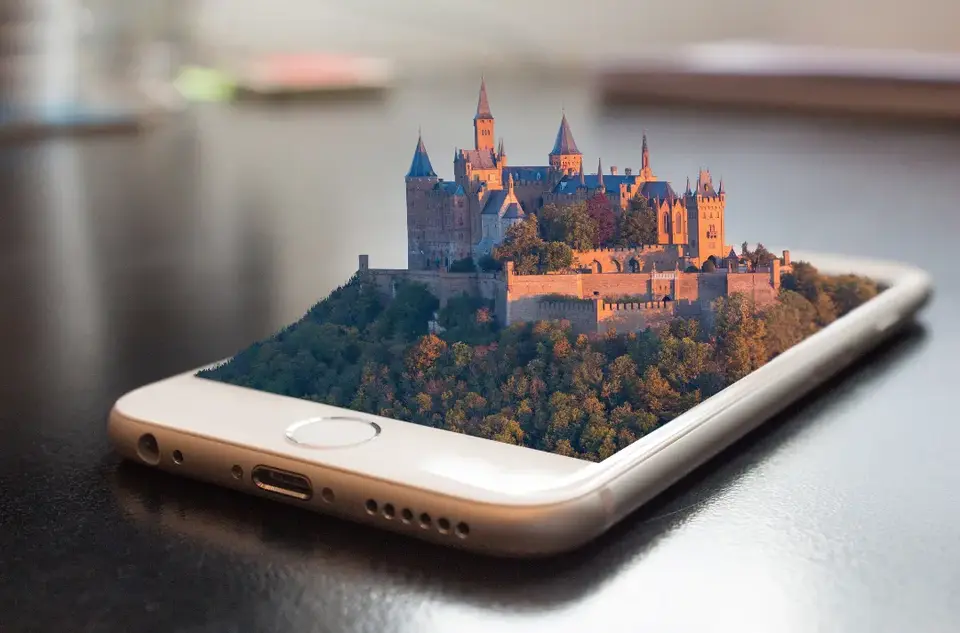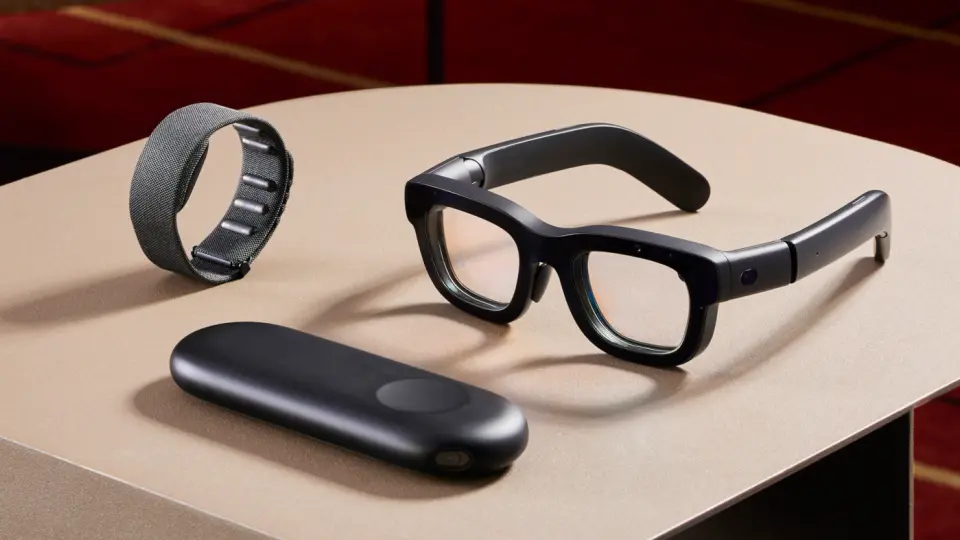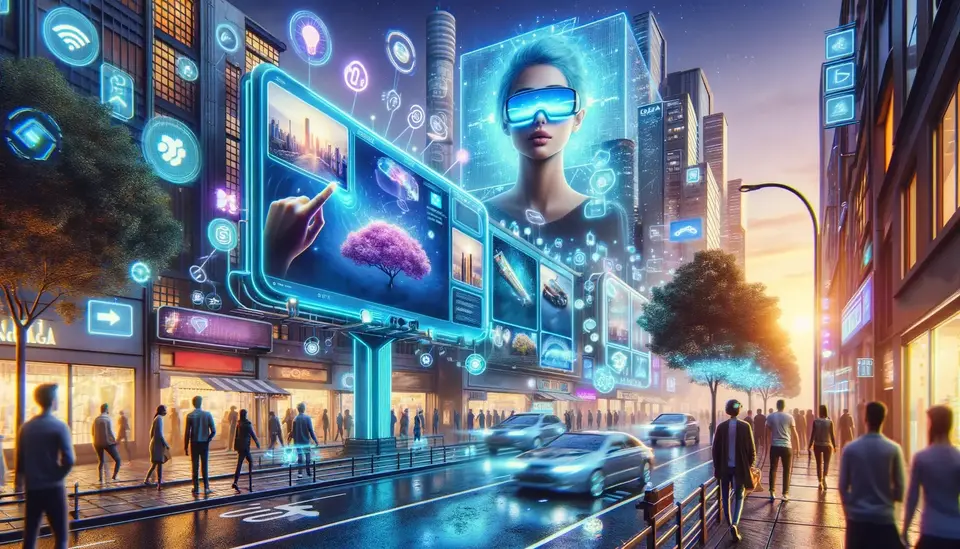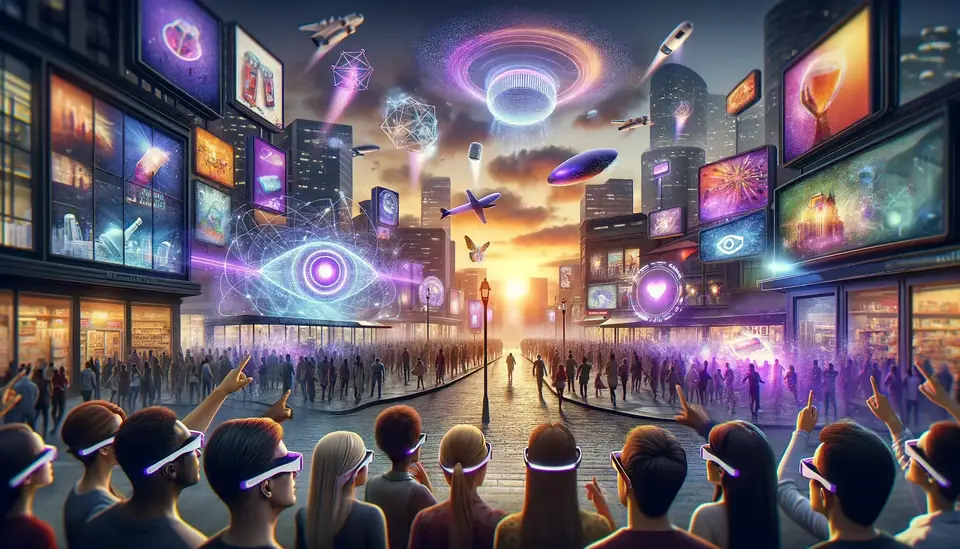Augmented Reality (AR) in Business Travel: Current Limitations and Future Possibilities
Posted on July 31, 2023 9 minutes 1823 words
Table of contents
In the vast expanse of technology’s evolving landscape, Augmented Reality (AR) emerges as a groundbreaking innovation, particularly in the realm of business travel. This technology overlays digital information onto our physical environment, augmenting our world with a wealth of interactive data. This post provides an in-depth exploration of AR’s current applications, its limitations, and the promising future it holds for business travel.
Understanding Augmented Reality
Defining Augmented Reality
Augmented Reality is a technology that superimposes digital data, such as images, sounds, or interactive elements, onto our existing environment. Unlike Virtual Reality, which immerses users in a completely artificial environment, AR enhances the real world with additional layers of information.
AR in Various Industries
The use of AR extends beyond the realm of entertainment and gaming, where it first gained popularity. In healthcare, for instance, AR assists surgeons during complex procedures by providing them with 3D visualizations of the patient’s anatomy. In education, it brings lessons to life, transforming learning into an immersive experience. These diverse applications speak volumes about AR’s potential in various sectors, including travel and tourism.
The Current State of AR in Business Travel
Airport Navigation
Airports, being complex structures bustling with activity, pose navigation challenges for both first-time and seasoned travelers. Here, AR technology offers an innovative solution. By overlaying real-time directions onto the physical environment, AR transforms the way travelers find their way around airports.
For instance, Gatwick Airport in London pioneered the use of AR in airport navigation. They launched an AR navigation app that provides passengers with easy-to-follow routes to their gates, shops, and restaurants, with arrows and instructions overlaid onto the live view of the airport. This takes the guesswork out of navigating large, crowded airports and makes the journey more comfortable for business travelers.
Enhancing Hotel Services
In the hospitality sector, AR is creating unique guest experiences that go beyond traditional hotel services. Some hotels offer AR-powered virtual concierge services. With these services, guests can point their smartphones at different areas or objects in the hotel to see information about the hotel and its services overlaid onto their view.
Moreover, several hotels provide AR-enhanced views of their rooms, facilities, or even potential sights in the surrounding area. This allows guests to visualize their stay and surrounding experiences in a much more immersive and interactive way, which is particularly useful for business travelers who want to plan their stay meticulously.
Case Study: Booking.com
Booking.com, one of the leaders in the digital travel space, provides valuable insights into the future of AR in business travel. By 2027, they predict that AR could be a game-changer for the industry.
Currently, Booking.com acknowledges the benefits of AR-enabled apps for business travelers. These include navigation in unfamiliar places, translation assistance in foreign countries, and the capability to take virtual tours remotely. For instance, a business traveler could tour a potential meeting space in another city without leaving their office. Similarly, product demonstrations can be enhanced with AR, allowing clients and customers to interact with products in a more engaging and informative manner.
However, they also recognize the current limitations of AR technology. These include a narrow field of view, resolution issues, battery life limitations, and challenges in 3D sensing. These technical issues limit the appeal and uptake of AR in its current state.
Despite these limitations, Booking.com is optimistic about the future of AR in business travel. They predict that by 2027, these technical issues will be overcome, leading to unconstrained, immersive AR experiences. They believe this progression will unlock significant advantages for traveling professionals, transforming the way they navigate, communicate, and conduct business while on the move.
This transformation, driven by advancements in AR technology, will change the way we perceive and experience business travel. Instead of being a stressful and exhausting experience, business travel could become more streamlined, informative, and engaging. Business travelers will be able to conduct virtual meetings, preview accommodations or meeting spaces, and have a wealth of information at their fingertips, all through the power of AR.
As we move towards this exciting future, it’s clear that AR holds the potential to revolutionize the business travel industry, making travel experiences more comfortable, efficient, and immersive.
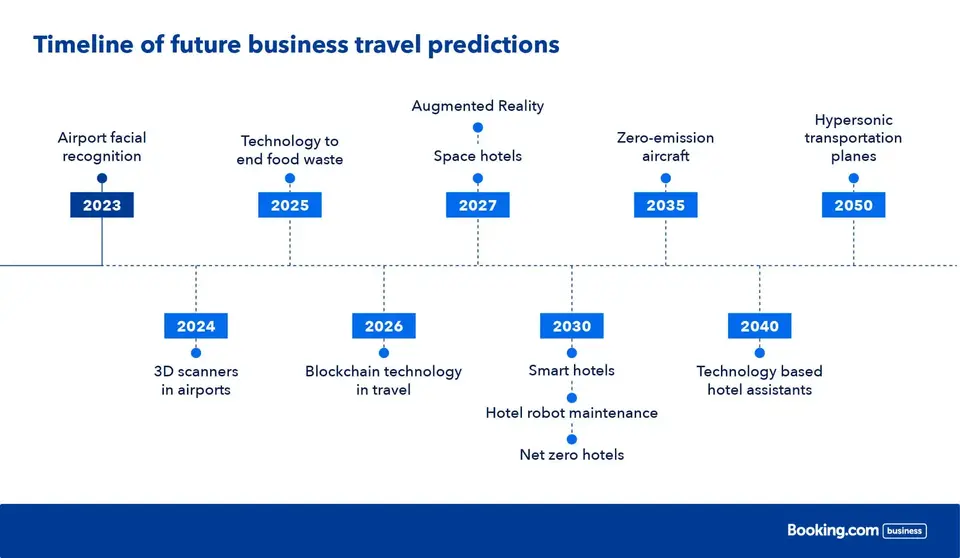
The Challenges of AR in Business Travel
Technical Limitations
AR applications often require high processing power and fast, reliable internet connections. However, connectivity issues and limited battery life can hinder their effectiveness. There’s also the challenge of integrating digital content smoothly into the physical environment, which requires advanced graphics and real-time processing.
User Experience Concerns
Despite the allure of AR, its practical use poses several challenges. Holding up a device to view AR content can be tiring over time, while AR glasses, although hands-free, may cause discomfort with extended use. There’s also a learning curve to using AR interfaces, which may deter some users.
Privacy and Data Security
AR applications often require access to user data to function effectively. For instance, navigation apps need location data, while tourism apps may require access to personal preferences. These data security and privacy concerns could potentially hinder widespread adoption of AR in business travel.
Overcoming Limitations: The Future of AR in Business Travel
Despite the immense potential of AR in business travel, it is currently hindered by several technical, usability, and data security challenges. The future of AR in this industry lies in effectively addressing these issues.
Technical Challenges and Solutions
One of the main technical limitations of AR is the high battery consumption. Most AR apps require considerable processing power, leading to rapid battery drain. This can be particularly inconvenient for business travelers who rely on their devices for long durations. However, advancements in energy-efficient processors and higher capacity batteries can help mitigate this issue. For example, Qualcomm’s latest processors for AR and VR devices promise to deliver better performance while consuming less power.
Another challenge is the limited field of view and resolution issues in current AR devices. This can lead to a less immersive and sometimes even disorienting experience. However, tech companies are making strides in improving the display technology used in AR devices. MicroLED display technology, which offers higher brightness, greater contrast ratio, and lower power consumption compared to current OLED displays, is one promising solution.
3D sensing, which is crucial for accurately overlaying digital information onto the real world, also presents a challenge. The development of more advanced 3D sensors and algorithms for better object recognition and depth sensing can lead to significant improvements in this area.
Usability and Comfort
Usability is another area where AR technology needs to improve. Current interaction methods, such as touch gestures and voice commands, may not always be intuitive or practical in a business travel context. Companies are exploring alternatives like gaze tracking and motion sensing to make interacting with AR content more natural and convenient.
Additionally, wearing AR glasses for extended periods can be uncomfortable. Lighter and more ergonomic designs, as well as better weight distribution, can make AR glasses more comfortable for long-term use. The introduction of contact lens-based AR displays, such as those being developed by Mojo Vision, can potentially eliminate this issue.

Data Privacy and Security
With AR applications often requiring access to sensitive data, including location and personal information, concerns around privacy and data security are valid. Regulations and guidelines need to be established and enforced to ensure user data is collected and used responsibly.
Advanced data encryption and anonymization techniques can protect user data from unauthorized access and breaches. Transparent privacy policies, which clearly state what data is being collected and how it is being used, can help build trust with users. Furthermore, using local data processing (edge computing) can minimize the amount of data that needs to be sent over the network, further enhancing privacy and security.
AR in Business Travel by 2027
By 2027, we predict that AR will be deeply ingrained in business travel, acting not just as a tool but as an integral part of the business travel experience. Its advancements will go beyond navigation and hotel services to redefine every aspect of business travel.
Immersive Business Presentations
AR will revolutionize the way business presentations are made. Instead of static slides, AR will enable dynamic, interactive presentations that engage the audience on a new level. A presenter could bring up 3D models, videos, and other interactive elements in real time, grabbing the audience’s attention and making complex concepts easier to understand. Business travelers could conduct these presentations remotely, reducing the need for long-distance travel.
Virtual Tours of Accommodations and Meeting Spaces
Virtual tours powered by AR will allow business travelers to explore accommodations or meeting spaces remotely. These won’t be simple 360-degree photos or videos but interactive experiences where users can open doors, change the lighting, move furniture around, or even see how the place looks at different times of the day. This will give them a much better understanding of the space than traditional photos or descriptions, leading to more informed decisions.
AR-enhanced Networking
Networking is a crucial part of business travel, and AR has the potential to make it even more effective. Imagine pointing your phone at a person and seeing their name, job title, and a brief bio next to them. Or think of an AR-enhanced business card that, when viewed through your phone, displays a short video introduction or a real-time update from the person’s LinkedIn profile. These applications could make networking more personal and memorable, increasing the chances of successful connections.
Personalized Travel Information
AR could provide business travelers with personalized, context-sensitive information throughout their journey. For example, as they arrive at the airport, they could see real-time flight updates, directions to their gate, and locations of lounges or restaurants. In a foreign city, their AR device could highlight points of interest, translate signs, or recommend local eateries based on their dietary preferences. All this information would be presented in a non-intrusive, easily accessible way, making travel less stressful and more enjoyable.
Seamless Transition Between Work and Leisure
As the line between business and leisure travel blurs, AR could help business travelers make the most of their trips. On a break between meetings, they could use AR to explore the city, learning about its history, culture, and landmarks. They could also use AR to find local experiences tailored to their interests, from cooking classes to jogging routes.
By 2027, AR will have transformed business travel into a more productive, immersive, and personalized experience. It will make business travel less about moving from point A to B, and more about enriching experiences and meaningful interactions. This is the future that AR promises, and it’s a future we look forward to.
Conclusion
The vast potential of Augmented Reality promises a transformative impact on business travel. Despite the existing challenges, the future possibilities are exciting. As technology continues to evolve, the ways we travel for business will undoubtedly follow suit.

